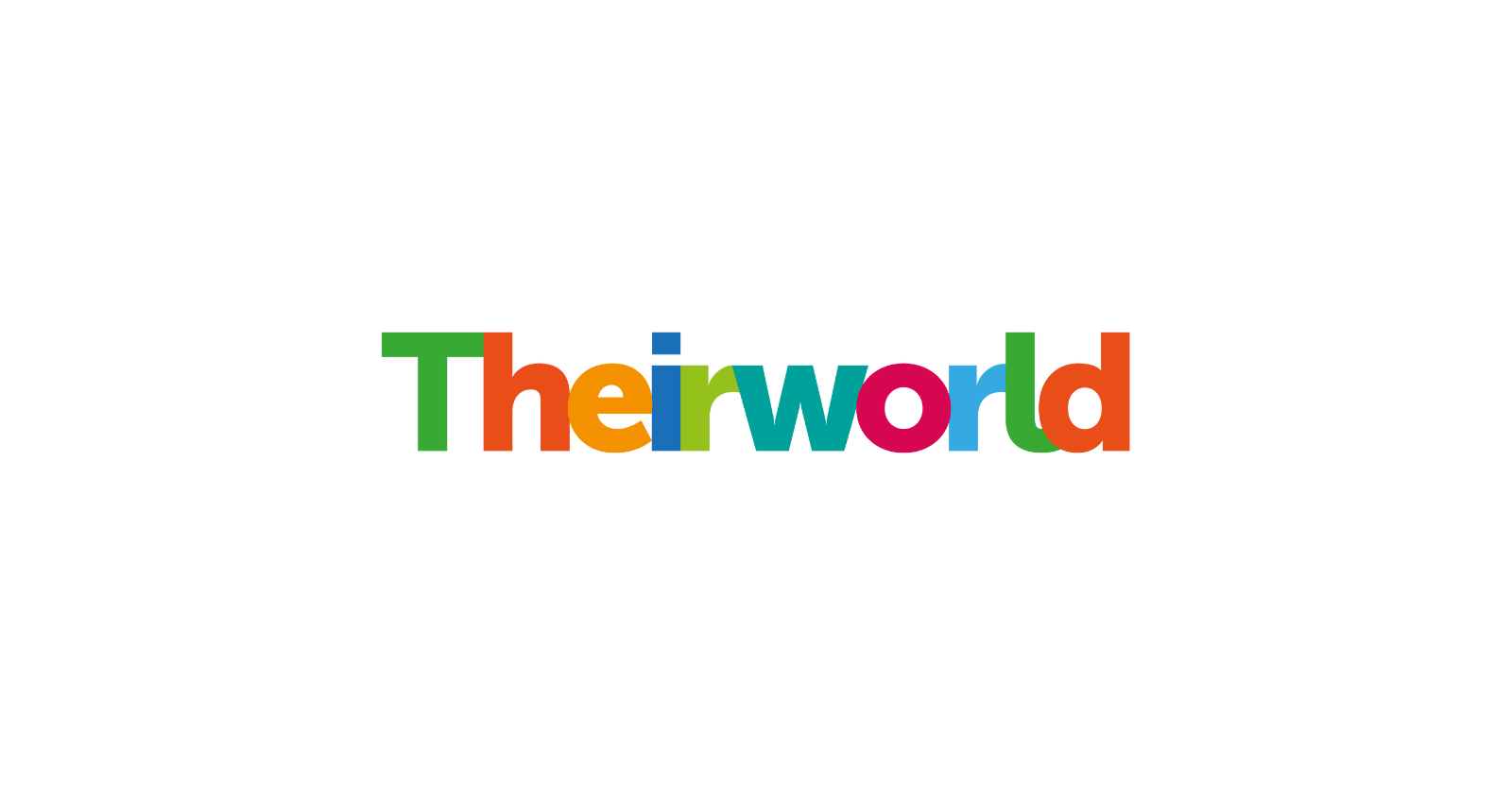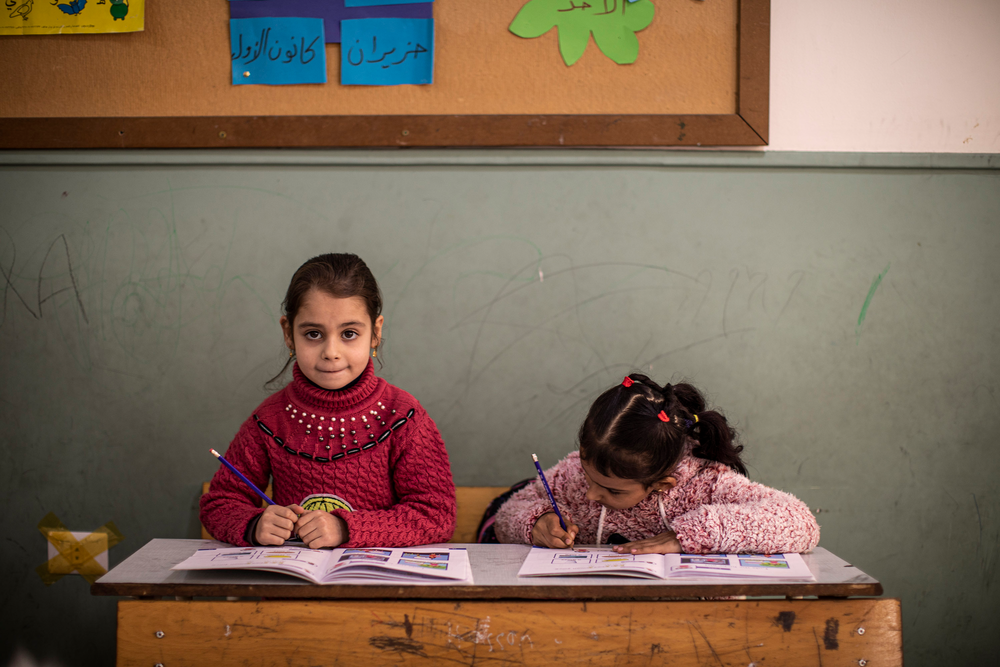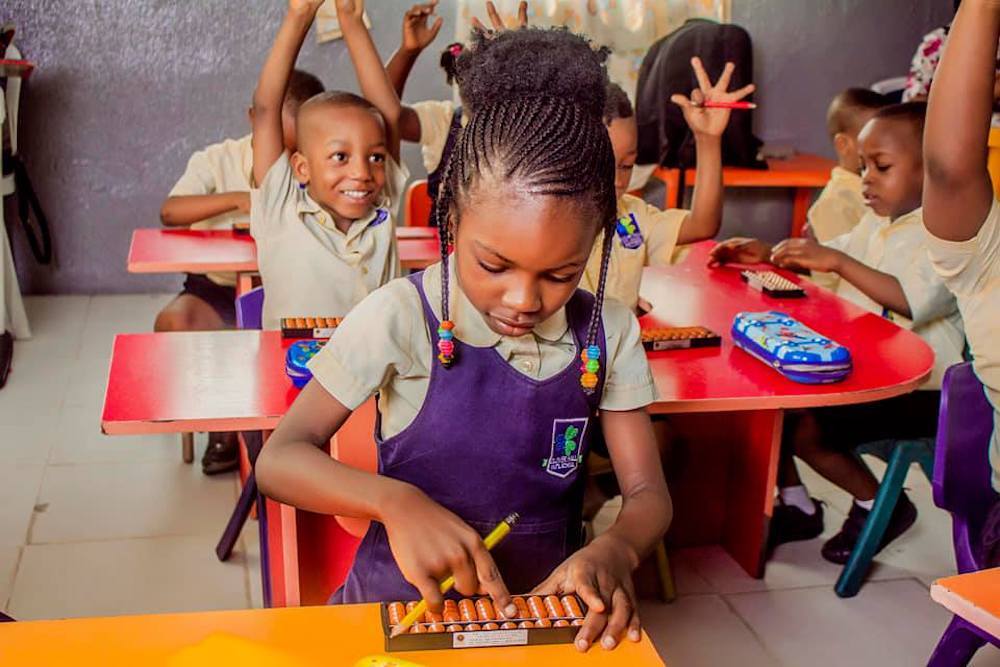
Action needed to end school bullying torment of LGBTI students
Safe schools
LGBTI young people are five times more likely to be victims of intimidation and attacks - forcing many to skip classes or drop out of school completely.
Pragya was just three months away from taking her final exam when she dropped out of school aged 15.
“I was a good student and the school tried to convince me to finish my schooling,” she said. But she just couldn’t face the daily torment of being bullied because she was a transgender student.
“Boys were slapping my buttocks, poking me, feeling me up almost every day,” said Pragya, who is now 21 and lives in the Indian state of Tamil Nadu. “It was depressing and I gave up.” Now she begs or does odd jobs to scrape a living.
Pragya is not alone. UNESCO interviewed almost 400 LGBTI (lesbian, gay, bisexual, transgender and intersex) youth in Tamil Nadu – and found more than half skipped classes to avoid bullying. A third dropped out of school altogether.
Across the world, the most marginalised groups of young people – such as LGBTi and children with disabilities – are disproportionately affected by bullying and harassment in and around school.
Theirworld’s report Safe Schools: The Hidden Crisis revealed that LGBTI students are up to five times more likely to be the victims of bullying.

The report – which looked at various threats to the safety of children at school – said: “Children can be attacked on the way to or from school, be deterred from attending school by real or perceived threats and are increasingly being attacked within schools themselves.”
Discrimination against LGBTI children and youth in and around school has been found to cause dropouts from education, depression, anxiety, loneliness, low self-esteem and suicidal thoughts and intentions.
In the Safe Schools report, Theirworld called for sustained efforts to reduce the victimisation of marginalised groups such as LGBTI youth, saying this should be clearly factored into multi-year aid and education planning.
Theirworld also said child rights and safeguarding must be part of teacher training, national curricula, public education and legislation.
In Tamil Nadu, the extent of the bullying problem came as a surprise, said Jaya Gunaseelan, a trans woman and member of LGBTI rights charity Sahodaran, which supported UNESCO with the research and works with the state education department.
She told the Thomson Reuters Foundation: “Even I was bullied in school – but the testimonies of some of the respondents shocked me.
“They described gangs of bullies, physical abuse and everyday name-calling. Some were even hiding visible marks of violence, scared of being shamed.”
Gunaseelan said children often learn how to bully from adults, who target any student who does not look typically male or female.
She added: “Rigid definitions of masculinity and femininity are reinforced in school settings by teachers, parents, the watchman and other adults. Children pick it up and turn bullies.”
The issue is a global one. LGBTI bullying is the most prevalent type of bullying in British schools, according to a recent poll of over 1,000 primary and secondary teachers.
They revealed that 13% of children are bullied because of their sexuality, 11% because of their race, 7% because of their sex and 2% because of their religion.
The research showed 71% of teachers have witnessed homophobic bullying in school, with 35% claiming to have observed homophobic bullying at least once a month.
The worldwide evidence of bullying against LGBTI students is alarming. Research by UNESCO and others in the past five years has found:
- Between 15% and 48% of LGBTI students in Norway were bullied compared to 7% of heterosexual students
- A New Zealand study showed that lesbian, gay and bisexual students were three times as likely to be bullied as their heterosexual peers and transgender students were five times as likely to be bullied
- In Asia, studies show the proportion of LGBTI students who experience bullying in school ranges from 7% in Mongolia to 68% in Japan
- A survey in the USA found 82% of LGBTI students aged 13 to 20 had been verbally harassed at school in the past year because of their sexual orientation and over 33% reported that such abuse occurred frequently
- In Thailand, 24% of heterosexual students experienced violence because their gender expression was perceived as non-conforming
- 33% of male students in Canada experienced verbal violence related to their actual or perceived sexual orientation, including those who did not identify as gay or bisexual
Many argue that setting the right tone early in life will help lead to broader societal changes.
“Learning in a safe environment is a fundamental right that all children and young people are entitled to. Acceptance of diversity begins on the school benches,” said Audrey Azoulay, Director General of UNESCO, on last year’s International Day Against Homophobia, Transphobia and Biphobia.
There are encouraging moves around the world. Last year Scotland announced it will be the first country in the world to teach LGBTI issues in school lessons. Themes will include tackling homophobia, biphobia and transphobia, and awareness of the history of LGBTI movements.
Bullying can be defined as intentional and aggressive behaviour occurring repeatedly against a victim where there is a real or perceived power imbalance, and where the victim feels vulnerable and powerless to defend himself or herself. The unwanted behaviour is hurtful: it can be physical, including hitting, kicking and the destruction of property; verbal, such as teasing, insults and threats; or relational, through the spreading of rumours and exclusion from a group. The United Nations definition of bullying
The move will also include the specific recording of incidents of LGBTI bullying in Scottish schools.
In Taiwan, campaigners welcomed a decision by a school to drop gender-specific uniforms and allow male and female students to wear skirts from next month.
The Tamil Nadu state education department said it plans to strengthen its anti-bullying policy to include sexual and gender diversity.
“We have measures in place like a 24-7 helpline and periodically conduct gender sensitisation workshops for our teachers and counsellors,” said Pradeep Yadav, head of the department.
Sadly, that’s too late to help many students, like 15-year-old Indian transgender girl Shemba. Initially raised as a boy, she was just six when school bullies started teasing her. That turned to stone-throwing when she began wearing girls’ uniform at the age of 10.
Shemba dropped out of school and abandoned her dream of becoming a lawyer.
“They left me with no choice,” she told the Thomson Reuters Foundation in India’s southern city of Chennai. “I think what I was doing, or my mannerisms, were normal. But my classmates didn’t.
“First I did not understand what made me stand out. Later I realised – and when they started throwing stones at me, I decided to stop going to school.”
Safe to Learn
A growing coalition behind the five-year Safe to Learn initiative includes Education Cannot Wait, the Global Business Coalition for Education, UNESCO, UNICEF and the World Bank.
Countries that have endorsed Safe to Learn's Call to Action, which sets out what needs to happen to end violence and bullying in schools include Cambodia, Ghana, Honduras, Nepal, Sierra Leone and South Sudan.
More news

Theirworld’s mission to give children in crises a safe place to learn
